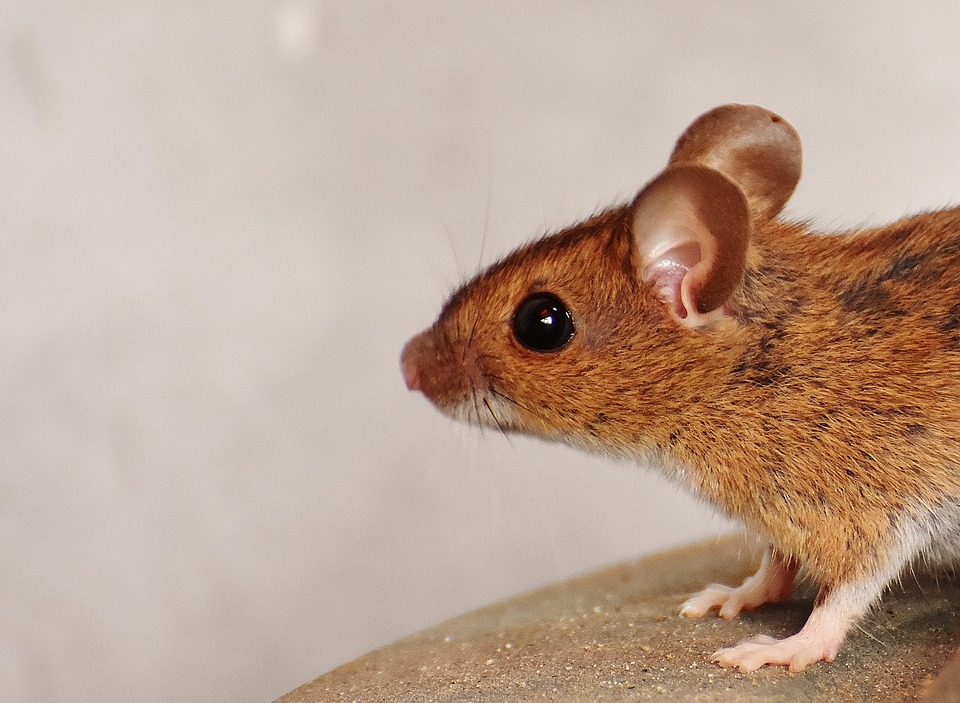Gravity Science
Cars in Space: Falcon Heavy
It has finally happened! What we thought was just the fantasy of Hanna-Barbera, the animation studios behind vintage cartoons like The Jestons and the Flintstones, has become a reality and right now a red sports car is orbiting the sun. “Screams and cheers erupted at Cape Canaveral, Florida, as the massive rocket fired its engines…
Read MoreGravitational Wave Astronomers Hit Mother Lode – Scientific American
Big news in Gravitational Wave science was made yesterday when scientists announced that they had successfully observed the gravitational waves caused by two colliding neutron stars. What makes this particular event more notable—indeed historic—is that were able to make a multitude of other observations stemming from the collision, including the formation of heavy elements like…
Read MoreScientists who discovered gravitational waves awarded the Nobel Prize in Physics
Rainer Weiss of MIT, along with Barry Barish and Kip Thorne of Caltech, have been awarded the Nobel Prize in physics for their discovery of gravitational waves. All three were founders of the Laser Interferometer Gravitational-Wave Observatory, or LIGO, which detected gravitational waves for the first time in 2015. This article in Live Science discusses…
Read More“I am not a scientist” and The Scientific Method
I am not a scientist. I used this sentence just the other day in reference to something I did not quite understand about gravity. I was immediately corrected. “We’re all scientists. We all use the scientific method every single day in everythng we do.” Lee Minkler insisted. Though I have not actively pursued science since…
Read MoreThe Impact of Gravity on Life: What happens to life when gravity changes? Ecosystems
This is the sixth post in our series The Impact of Gravity on Life, a paper written by Dr. Emily R. Morey-Holton, NASA Ames Research Center, Moffett Field, California. Read the series in its entirety here in blog posts tagged Impact of Gravity on Life. Algal mats and protists are fascinating! If orientation and stratification…
Read MoreThe Impact of Gravity on Life: Does Gravity play a role in evolution?
This is the final post in our series The Impact of Gravity on Life, a paper written by Dr. Emily R. Morey-Holton, NASA Ames Research Center, Moffett Field, California. Read the series in its entirety here in blog posts tagged Impact of Gravity on Life. Gravity affects the environment. Its attractive force gives weight to…
Read MoreThe Impact of Gravity on Life: Is Gravity necessary for life as we know it?
This is the ninth post in our series The Impact of Gravity on Life, a paper written by Dr. Emily R. Morey-Holton, NASA Ames Research Center, Moffett Field, California. Read the series in its entirety here in blog posts tagged Impact of Gravity on Life. Life most likely will look and, perhaps, move quite differently…
Read MoreThe Impact of Gravity on Life: What happens to life when gravity changes? Adult Humans
This is the eighth post in our series The Impact of Gravity on Life, a paper written by Dr. Emily R. Morey-Holton, NASA Ames Research Center, Moffett Field, California. Read the series in its entirety here in blog posts tagged Impact of Gravity on Life. Early predictions of the response of humans to spaceflight assumed…
Read MoreThe Impact of Gravity on Life: What happens to life when gravity changes? Vertebrate Development
This is the seventh post in our series The Impact of Gravity on Life, a paper written by Dr. Emily R. Morey-Holton, NASA Ames Research Center, Moffett Field, California. Read the series in its entirety here in blog posts tagged Impact of Gravity on Life. Studies on Earth and in space suggest that gravity has…
Read MoreThe Impact of Gravity on Life: What happens to life when gravity changes?
This is the fourth post in our series The Impact of Gravity on Life, a paper written by Dr. Emily R. Morey-Holton, NASA Ames Research Center, Moffett Field, California. Read the series in its entirety here in blog posts tagged Impact of Gravity on Life. Gravitational acceleration has been constant throughout the ~4 billion or…
Read More







